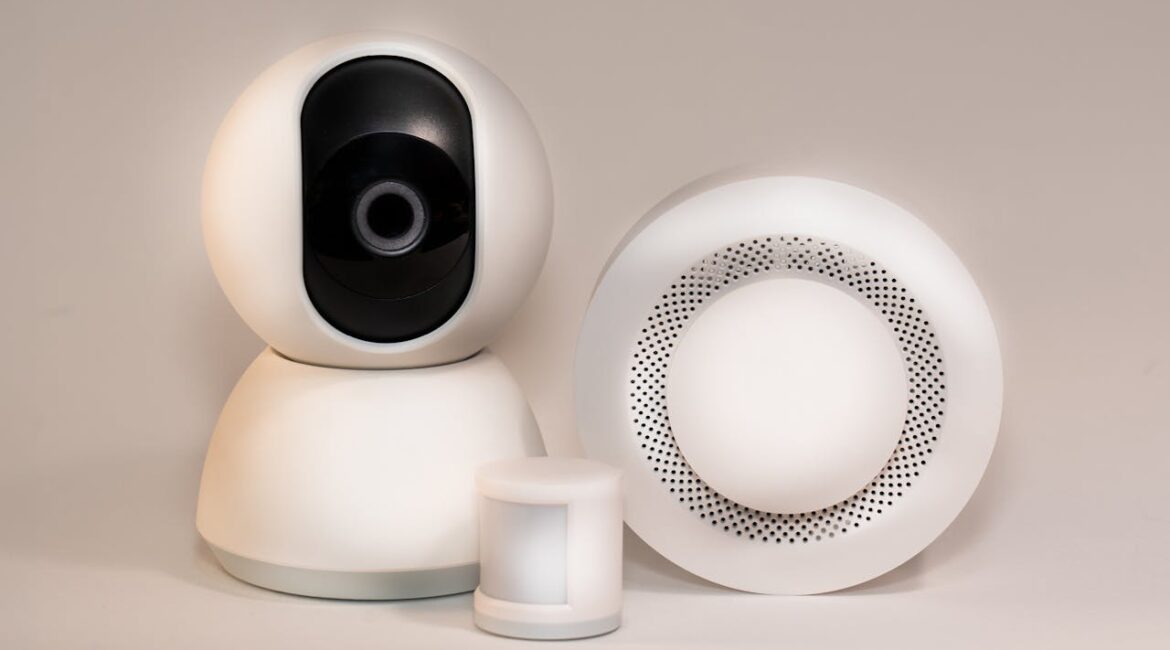Fire damage restoration is a challenging and multifaceted process, with methods that often involve time-consuming assessments, labour-intensive repairs, and significant costs. However, the process is pivoting, thanks to the integration of smart technology.
What is Smart Technology in Fire Damage Restoration?
Smart technology, in the context of fire damage restoration, refers to the use of advanced digital tools and systems to streamline and optimise recovery processes. This includes a range of technologies such as the Internet of Things (IoT) sensors, Artificial Intelligence (AI)-driven damage assessments, and automated restoration equipment like Robotic systems and automated tools.
These technologies can be integrated with existing fire safety systems to create a comprehensive and responsive fire damage restoration strategy. For example, IoT sensors can trigger automated responses, such as shutting off gas lines or activating sprinkler systems, to minimise damage during a fire.
On the other hand, robotic systems and automated tools can assist in tasks such as debris removal, cleaning, and drying, reducing the need for manual labour and speeding up the restoration process.
Key Smart Technologies Used in Fire Damage Restoration
Several key smart technologies are playing a pivotal role in transforming fire damage restoration:
- IoT Sensors: These sensors act as the eyes and ears of a smart restoration system, providing real-time data on fire, smoke, and structural damage. This data allows for rapid response and informed decision-making during the restoration process.
- AI-Driven Assessments: AI algorithms can analyse large volumes of data from sensors, drones, and various other sources to evaluate fire damage with precision. This helps to identify areas requiring immediate attention and prioritise restoration efforts.
- Smart Drying Equipment: Automated drying systems can efficiently dry and restore water-damaged materials, reducing the risk of mould growth and further damage. These systems can monitor and adjust drying parameters in real time, optimising the process and minimising energy consumption.
- Drones: When equipped with high-resolution cameras and thermal imaging sensors, drones can survey large areas and assess damage in inaccessible locations, providing a comprehensive view of the fire’s impact.
Benefits of Smart Technology in Restoration
The integration of smart technology in fire damage restoration offers numerous benefits:
- Faster Recovery Times: Real-time data collection and AI-driven assessments enable faster response and restoration, minimising downtime for businesses and homeowners.
- Cost Savings: Automation and efficient resource allocation reduce labour costs and material waste, leading to significant cost savings in the restoration process.
- Improved Accuracy: Precise damage assessments and targeted restoration efforts result in better outcomes and reduce the likelihood of future problems.
- Environmentally Friendly: Smart technologies can optimise energy consumption, cut down on waste, and promote the efficient use of materials in the restoration process.
Real-World Applications
Smart technology is already making a tangible impact in real-world fire damage restoration scenarios:
- Residential Properties: Smart home technologies, such as smoke detectors connected to IoT networks, can alert homeowners and emergency services to fires in their early stages, minimising damage and facilitating faster restoration.
- Commercial Buildings: AI-powered damage assessment tools can detect potential fire hazards and help businesses quickly assess the extent of fire damage and plan restoration efforts, minimising downtime and business interruption.
- Industrial Facilities: Building Management Systems (BMS) can assess fire damage in large industrial facilities by monitoring temperature levels and detecting hot spots. Through the integration of sensors and real-time alerts, these systems can identify potential structural weaknesses and facilitate timely responses to mitigate further damage.
- Healthcare Facilities: In healthcare settings, IoT sensors can track air quality and identify harmful substances released during a fire, ensuring the safety of patients and staff before they re-enter. Meanwhile, AI-powered tools can help to identify areas requiring specialised cleaning or decontamination, minimising the risk of infection and ensuring the facility can resume operations quickly.
Challenges and Future Trends
While the benefits of smart technology in fire damage restoration are undeniable, some challenges remain:
- Adoption Costs: The initial investment in these technologies can be a barrier for some organisations and homeowners. The cost of integrating these technologies with existing systems and infrastructure can also be substantial, which can be particularly challenging for smaller organisations or those with limited budgets.
- Training and Expertise: Effectively utilising smart technologies requires personnel with the knowledge and expertise to operate and maintain these systems, and specialised training programs and ongoing professional development for those learning.
However, the future of smart technology is bright, with emerging trends like:
- Augmented Reality (AR) and Virtual Reality (VR) for Damage Assessment: AR/VR technologies can provide immersive and interactive damage assessments, allowing restoration professionals to visualise and plan repairs more effectively.
- Blockchain for Documentation: Blockchain technology can create secure, transparent restoration records of the restoration process, boosting both accountability and trust.
- Machine Learning for Predictive Maintenance: Machine learning algorithms can process data from IoT sensors to forecast potential fire risks, help prevent future incidents, and improve fire response and prevention strategies.
The Future of Fire Damage Restoration: Smarter, Faster, More Efficient
Smart technology is transforming fire damage restoration, enabling faster recovery, reduced costs, greater accuracy, and environmentally conscious solutions. As such, organisations and homes alike can benefit from these advancements, minimising disruption and ensuring a quicker return to normal operations.
King Fire is also committed to providing innovative and effective smart restoration solutions that address your unique needs and meet fire safety regulations in Singapore. Reach out to us today to find out how we can help you.
You May Also Like
- How Fire Sprinkler Systems Work
- Reasons to Buy a Fire Extinguisher for Your Home
- What Are the Best Fire Safety Tips to Follow During a Fire?
- Types of Fire Extinguishers in Singapore
- Gas Suppression System for Server Rooms
- Why is Fire Hose Reel Installation Essential for Workplaces?
- Guide to Fire Alarm System Panels & Control Panels
- Role of Fire Alarms in Early Detection
- Kitchen Fire Suppression System Cost
- Importance of Regular Fire Extinguisher Maintenance
